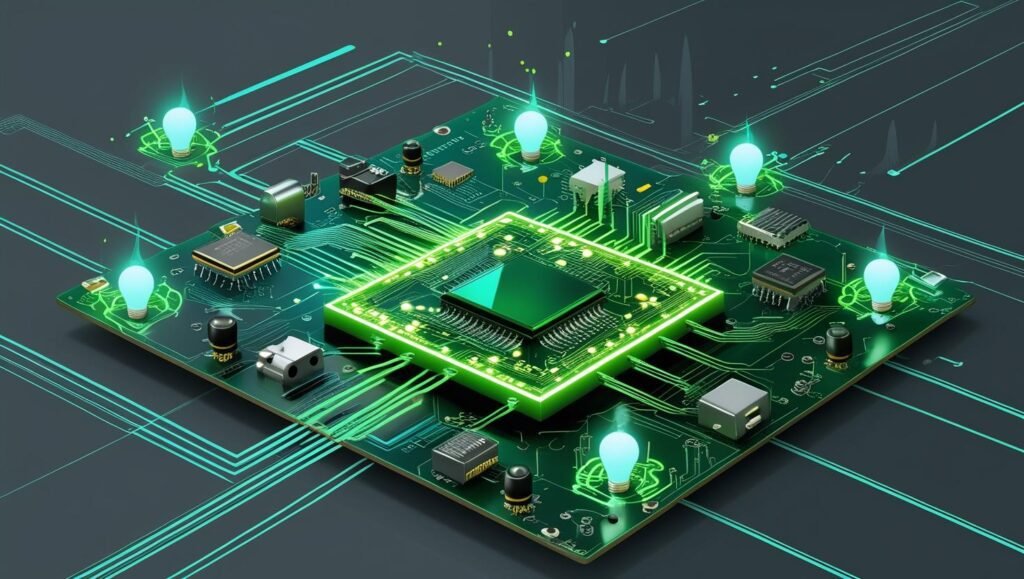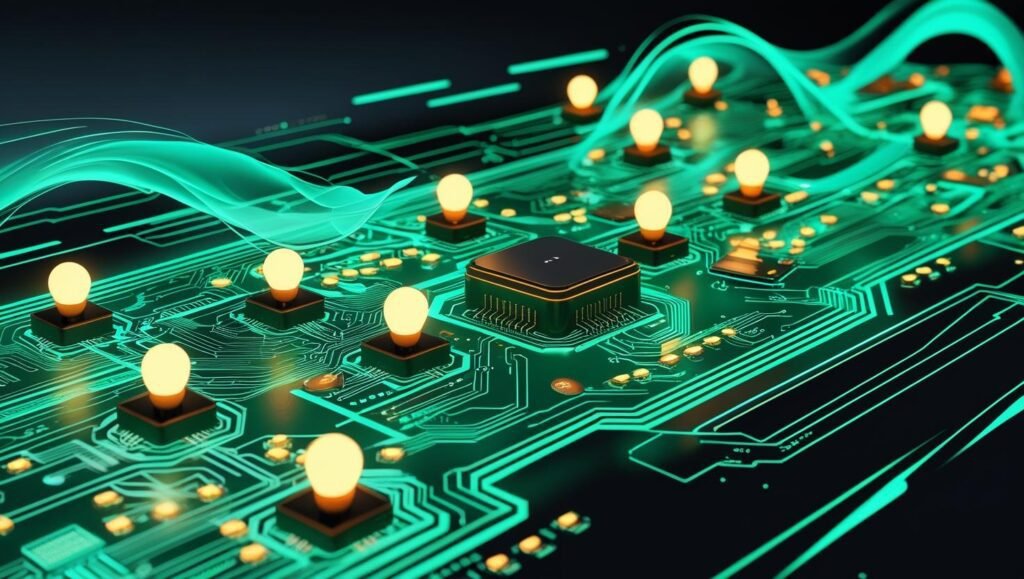Energy efficiency: Top IoT protocols to save power in 2025

Imagine a world where your smart devices run for years without needing a battery change. Sounds amazing, right? Energy efficiency is a big deal for IoT (Internet of Things) devices, like smart sensors, lights, or thermostats. These devices often run on tiny batteries, so saving power is key to keeping them working longer. In 2025, new protocols are making IoT devices smarter and more power-efficient. This article explores the top IoT protocols that help save energy and why they matter.
Why Energy Efficiency Matters for IoT
IoT devices are everywhere—think smart home gadgets, factory sensors, or even weather monitors in fields. Most of these devices rely on small batteries, and replacing them can be a hassle, especially in hard-to-reach places. Energy-efficient protocols help devices use less power, so they last longer and save you money. Plus, using less energy is better for the planet.
Energy efficiency also means devices can send data without draining their batteries. With billions of IoT devices expected in 2025, smart power use is more important than ever. Let’s dive into the best protocols that make this possible.
Top IoT Protocols for Energy Efficiency
LoRaWAN: Long Range, Low Power
LoRaWAN stands for Long Range Wide Area Network. It’s perfect for devices that need to send small bits of data over long distances, like sensors in farms or cities. LoRaWAN devices use very little power because they stay in “sleep mode” most of the time. They only wake up to send data, which saves tons of energy.
For example, a smart water meter using LoRaWAN can run for years on one battery. It adjusts its power based on how far it needs to send data, making it super efficient. This protocol is a game-changer for energy efficiency in IoT.
Zigbee: Great for Smart Homes
Zigbee is another awesome protocol, especially for smart homes. It’s used in things like smart lights, thermostats, and door sensors. Zigbee devices form a “mesh network,” where each device passes data to the next, so they don’t need to use much power to reach far.
Zigbee devices also sleep when they’re not working, which cuts down on energy use. Imagine your smart light bulb lasting years longer because it’s so energy-efficient. That’s the power of Zigbee!
NB-IoT: Built for Big Networks
Narrowband IoT, or NB-IoT, is a protocol that works with cellular networks like 4G and 5G. It’s designed for massive IoT setups, like smart cities with thousands of devices. NB-IoT is great for energy efficiency because it sends small data packets and keeps devices in low-power mode most of the time.
For instance, a smart parking sensor using NB-IoT can tell a city’s system when a spot is free without draining its battery. This protocol is perfect for big projects that need to save power.
How These Protocols Save Energy
Each of these protocols has clever tricks to boost energy efficiency:
- Sleep Mode: Devices “sleep” when not in use, using almost no power.
- Low Data Rates: Sending small amounts of data reduces energy needs.
- Smart Adjustments: Protocols like LoRaWAN adjust power based on distance or signal strength.
- Mesh Networks: Zigbee’s mesh setup lets devices share the workload, saving energy.
These features make IoT devices last longer, which is great for both users and the environment. But there’s more to explore, like how these protocols work in real-world scenarios.

Real-World Benefits of Energy-Efficient Protocols
Using energy-efficient protocols has big advantages. First, they save money. If your IoT devices last years without new batteries, you spend less on replacements. Second, they’re eco-friendly. Less battery waste means a cleaner planet. Third, they make IoT systems more reliable. Devices that don’t run out of power keep working, whether they’re tracking weather or managing a smart factory.
For example, a farmer using LoRaWAN sensors can monitor soil moisture for years without changing batteries. In a smart home, Zigbee lights save energy while staying connected. These protocols are shaping a smarter, greener future.
What’s Next for Energy Efficiency in IoT?
In 2025, energy efficiency is getting even better. New tech, like energy harvesting, lets devices pull power from sunlight or vibrations. Combining this with protocols like NB-IoT could mean devices that never need batteries. But there are challenges, like making sure these protocols work in super crowded networks. To learn more about these cutting-edge advancements and how they’ll shape IoT, check out our full research paper for the juicy details!
[Read the Full Research Paper]




